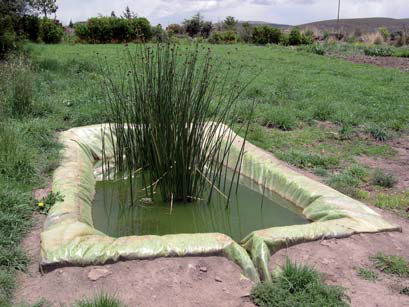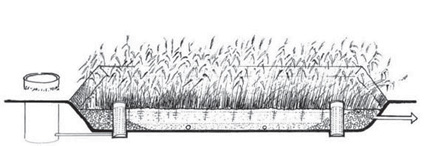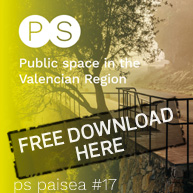Article 03, paisea 008. Restoration and purification of rivers by means of wetlands. Juan Manzano Juárez y Antonio D. del Campo García
Rivers and coastlines have traditionally been used as direct outlets for waste water, even when it has not undergone any kind of purification treatment. This water, of domestic and industrial origin, usually contains high levels of organic matter, pathogens or specific pollutants derived from industrial processes. This practice is no longer acceptable: environmental, hygienic, economic and even aesthetic factors oblige us to protect the natural environment and establish systems for the treatment and control of all effluent.
When waste water is released into a water resource, it causes biological and physical-chemical change in the ecosystem. Nature attempts to counteract this imbalance, and there is a series of reactions in the biotic and abiotic factors which work towards the restoration of the previous balance. In a very schematic way, deposits of suspended matter are formed, and the oxidable and organic pollutants are dissolved and transformed until they stabilise. If there is sufficient aeration and oxygen is not a limiting factor during these transformations, the water resource can return to normality. However, if there is insufficient oxygen, the degradations become anaerobic, leading to eutrophication and all kinds of decay. It is then impossible for the pollution to be controlled in a natural way by the ecosystem.
Full article HERE
Paisea 008, [riverbeds], available in digital edition HERE














